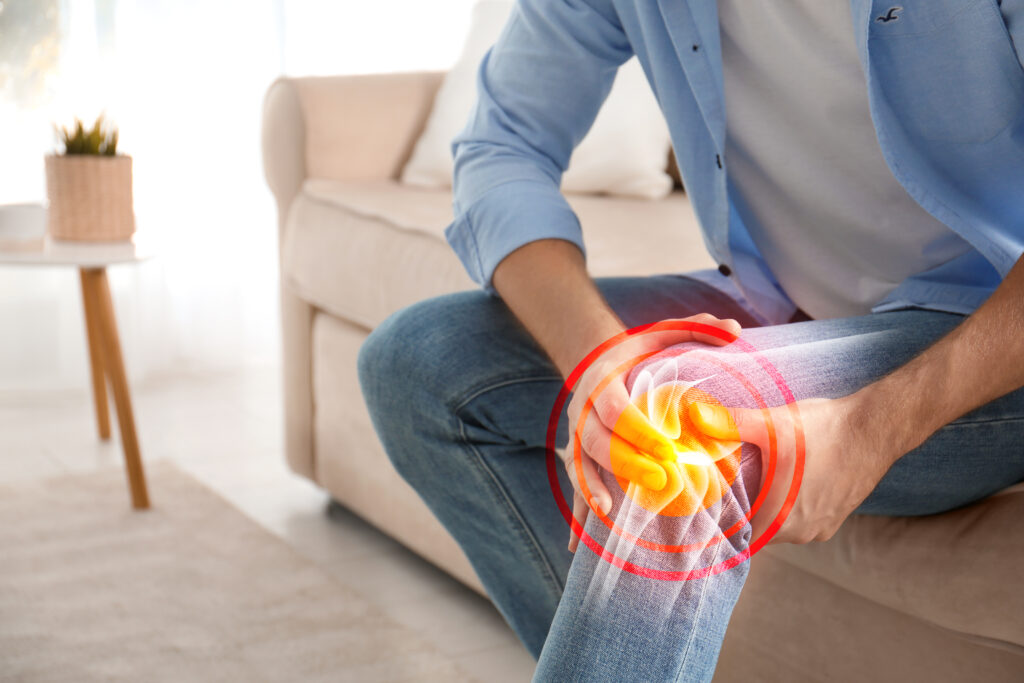Introduction to Pilca Syndrome
Pilca syndrome is a condition that affects the knee. It happens when a small fold of tissue, called the plica, becomes irritated or inflamed. This tissue is found inside the knee joint. While many people have a plica, it usually does not cause problems. However, sometimes it can lead to knee pain and discomfort. Pilca syndrome is one of the lesser-known knee pain causes, but it can affect daily activities. Knowing about this condition can help you seek the right care. According to orthopedic experts, early diagnosis and treatment can improve your quality of life.
Symptoms of Pilca Syndrome
Symptoms of Pilca syndrome can vary from person to person. However, some signs are more common. If you notice these symptoms, it is important to talk to a doctor:
Sometimes, these symptoms get worse with activity. For example, climbing stairs or squatting may increase the pain. On the other hand, resting the knee can help reduce discomfort.
Causes and Risk Factors
Pilca syndrome often develops after an injury or overuse of the knee. The plica tissue can become irritated from repeated movement or direct trauma. In addition, certain activities may increase your risk. These include:
Some people may have a thicker or more prominent plica, making them more likely to develop symptoms. Age and genetics can also play a role. However, anyone can be affected by Pilca syndrome.
Diagnosis Methods
Doctors use several methods to diagnose Pilca syndrome. First, they will ask about your symptoms and medical history. Next, they will examine your knee for tenderness, swelling, or unusual movement. Sometimes, special tests are needed. These may include:
Although Pilca syndrome diagnosis can be tricky, a skilled orthopedic specialist can often identify the problem. Early diagnosis helps prevent further damage and guides the best treatment.
Treatment Options
Treatment for Pilca syndrome depends on the severity of your symptoms. Most people start with non-surgical options. However, surgery may be needed if symptoms do not improve.
Non-Surgical Treatments
Many people feel better with these treatments. In fact, most cases of Pilca syndrome improve without surgery.
Surgical Treatments
If non-surgical treatments do not help, your doctor may suggest surgery. The most common procedure is called arthroscopy. During this surgery, the doctor removes or trims the irritated plica. This is a minimally invasive procedure, so recovery is usually quick. Most people return to normal activities within a few weeks.
Lifestyle Tips and Prevention
While you cannot always prevent Pilca syndrome, some steps can lower your risk. Consider these tips:
By following these tips, you can help keep your knees healthy and strong.
Frequently Asked Questions
Conclusion
Pilca syndrome can cause knee pain and limit your activities. However, with the right diagnosis and treatment, most people recover well. If you have ongoing knee pain or think you may have Pilca syndrome, consult an orthopedic specialist for personalized advice.


